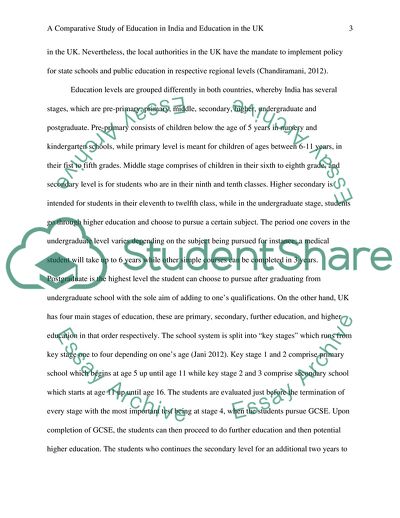Cite this document
(Various Differences and Similarities in the Education Sector Case Study Example | Topics and Well Written Essays - 1750 words, n.d.)
Various Differences and Similarities in the Education Sector Case Study Example | Topics and Well Written Essays - 1750 words. https://studentshare.org/education/1806412-a-comparative-study-of-education-in-india-and-education-in-the-uk
Various Differences and Similarities in the Education Sector Case Study Example | Topics and Well Written Essays - 1750 words. https://studentshare.org/education/1806412-a-comparative-study-of-education-in-india-and-education-in-the-uk
(Various Differences and Similarities in the Education Sector Case Study Example | Topics and Well Written Essays - 1750 Words)
Various Differences and Similarities in the Education Sector Case Study Example | Topics and Well Written Essays - 1750 Words. https://studentshare.org/education/1806412-a-comparative-study-of-education-in-india-and-education-in-the-uk.
Various Differences and Similarities in the Education Sector Case Study Example | Topics and Well Written Essays - 1750 Words. https://studentshare.org/education/1806412-a-comparative-study-of-education-in-india-and-education-in-the-uk.
“Various Differences and Similarities in the Education Sector Case Study Example | Topics and Well Written Essays - 1750 Words”. https://studentshare.org/education/1806412-a-comparative-study-of-education-in-india-and-education-in-the-uk.


